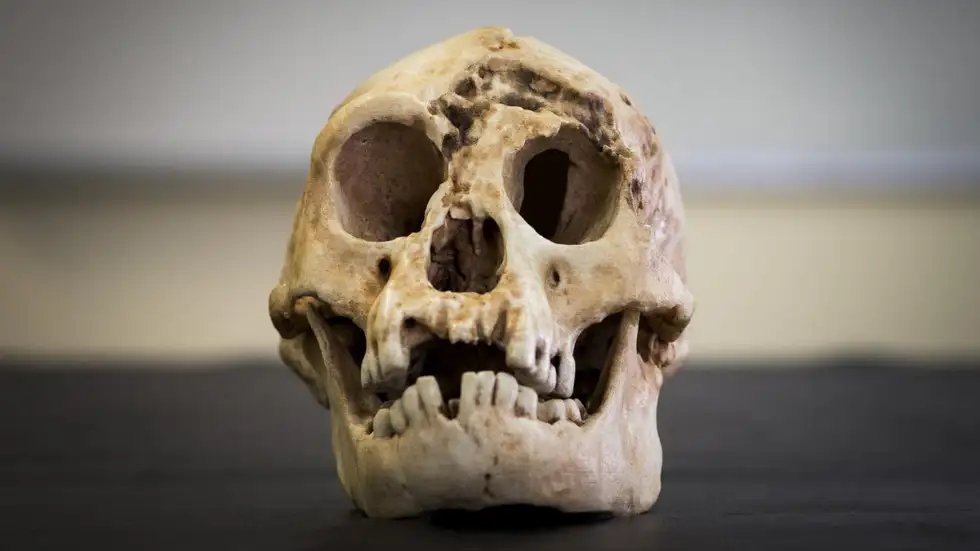
#Hobbit-like human ancestors thought to have gone extinct 12,000 years ago might still be hiding away in #Indonesia, an anthropologist has claimed.
Read: weather.com/en-IN/india/sc…
📸: Stuart Hay, ANU
Thread. 👇
Read: weather.com/en-IN/india/sc…
📸: Stuart Hay, ANU
Thread. 👇

In 2004, late anthropologist Mire Morwood discovered #fossils of a tiny species of hominin on Flores, an #Indonesian island.
Named Homo floresiensis & dating back to the late #Pleistocene, this was a contemporary of early modern humans in Southeast Asia.
📸: Peter Brown
Named Homo floresiensis & dating back to the late #Pleistocene, this was a contemporary of early modern humans in Southeast Asia.
📸: Peter Brown

The diminutive hominin bore a resemblance to the australopithecines and even chimps to some extent.
Considering the kind of attention that #LordOfTheRings garnered in the early 2000s, it was only natural that the fun-sized H. floresiensis be nicknamed after #TheHobbit.
Considering the kind of attention that #LordOfTheRings garnered in the early 2000s, it was only natural that the fun-sized H. floresiensis be nicknamed after #TheHobbit.
#TheHobbit was 3'6 tall, had large feet & a brain 1/3rd the size of a regular human's, but still managed to make tools.
The general consensus seemed to be that this species went extinct some 12,000 years ago.
The general consensus seemed to be that this species went extinct some 12,000 years ago.
However, anthropologist and ethnobiologist Gregory Forth recently claimed that the Hobbits probably never went extinct in the first place, suggesting that these species likely inhabit #Indonesia to this day!
When Forth first started ethnographic fieldwork on Flores 20 years ago, he heard stories about human-like creatures, some of which were said to be alive but only rarely seen.
As per Mike Morwood, descriptions of these hominoids "fitted floresiensis to a T."
As per Mike Morwood, descriptions of these hominoids "fitted floresiensis to a T."
Years of hearing accounts of 'an animal that is remarkably like a human but is not human' that lived in a cave by a volcano from different members of #Indonesia's Lio tribe led Forth to make the wild claim that these #Hobbits never went extinct, or hadn't until very recently.
He also spoke of #anthropology's imperialist history and #racist harm.
"Palaeontologists & other life scientists would do well to incorporate such #Indigenous knowledge into continuing investigations of hominin evolution in Indonesia and elsewhere," Forth wrote in The Scientist.
"Palaeontologists & other life scientists would do well to incorporate such #Indigenous knowledge into continuing investigations of hominin evolution in Indonesia and elsewhere," Forth wrote in The Scientist.
• • •
Missing some Tweet in this thread? You can try to
force a refresh











